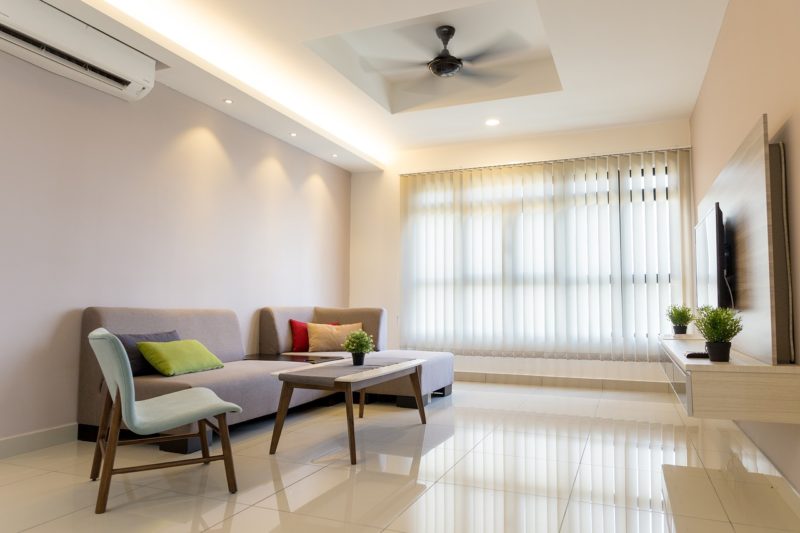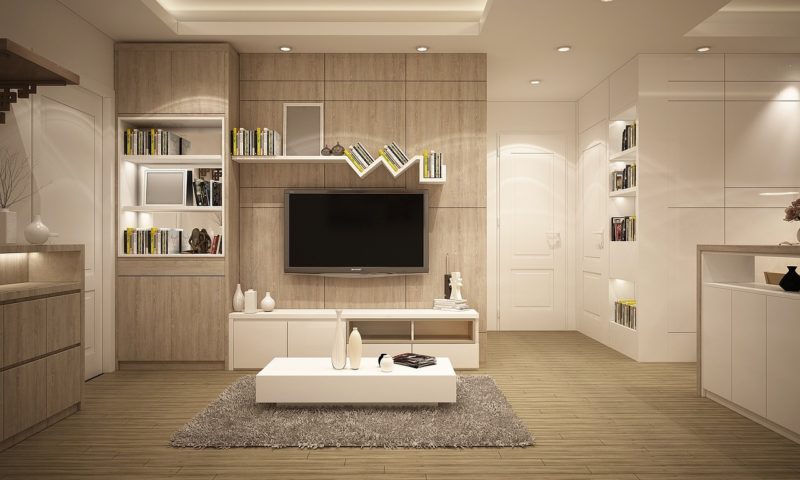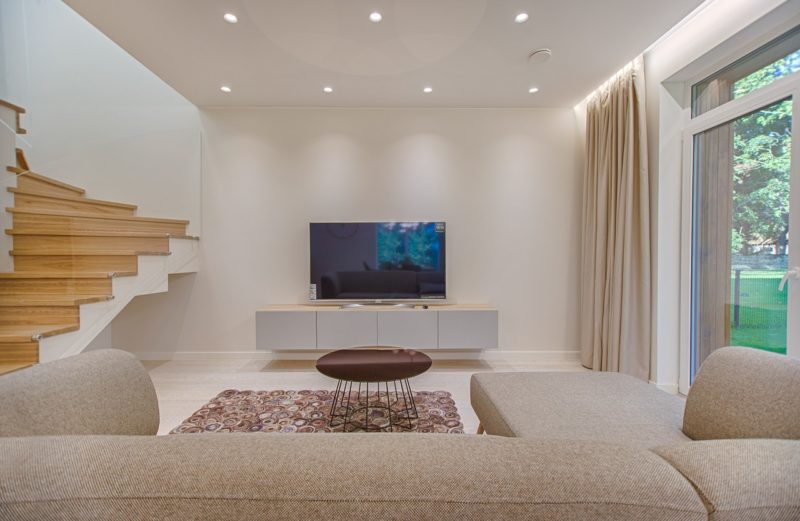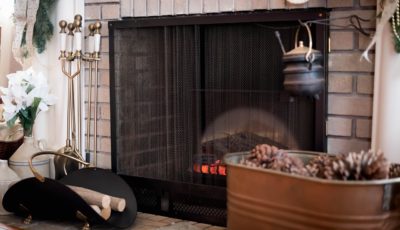A Guide to Installing Drop Ceilings
Drop ceilings are common in offices, retail units, and commercial premises, but they can also be installed in residential properties. They offer a number of benefits and are often used to hide cables, air-conditioning ducts, and pipework. Drop ceilings also have excellent sound-proofing qualities and make a large space more energy efficient.
Installing a drop ceiling isn’t especially difficult, but you may wish to hire a professional if you lack the relevant experience. The following guide covers everything you need to install a drop ceiling. And if you decide to hire a professional installer, it will help you ensure the work is being carried out to a good standard.
How Long Does Installation Take?
The beauty of a drop ceiling is that it takes very little time to install and there is minimal disruption. This means there will be almost no downtime if you are running a business. Snap Clip suspended ceiling systems are also cheap because they only need one installer and minimal tools.

Equipment Required for Installation
As well as ceiling panels and a metal grid system, you will also need a cutting knife, a set of ladders, nails, wire cutters, and a plumb line with chalk.

Before you begin the installation, spend some time measuring the room. Drop ceilings must be fitted at least six inches away from ducts and pipework. Working your way around the room and take measurements. Mark the walls to indicate where the ceiling needs to start, making sure it is at least six inches below the lowest joists, etc.
Fix the Perimeter Moldings
Start by fixing perimeter molding around the edge of the room. This should be fixed in place using 6d nails driven into studs. Use miter joints around external corners and butt joints around internal corners.

Runners and Cross Ts
Your next job is to install the runners and cross Ts. Runners are usually installed at four feet increments. Fix eyebolts to ceilings joists at intervals. If the ceiling is concrete, screw in masonry fixings. Attach snap clips and 16-gauge wires to the eyebolts and then insert them into the runners and cross Ts.

It is very important that the runners are all suspended at the exact same height and at the right level to the perimeter molding. Any discrepancies will be horribly obvious once you fix the ceiling panels in place. Check the height of your runners using a measured string line guide. Adjust the runners if required.
Once all the runners are in place at the right height, it is time to fix the cross Ts in place along the runners. These should be fixed at two-feet intervals in pre-made slots.
Fix the Ceiling Panels
With the runners and cross Ts in place, the final job is to fix the ceiling panels. Drop these in from above, so they sit in each square of your grid. Panels fitted along the edge of the perimeter can be trimmed with a utility knife. Make sure you leave gaps for ventilation grilles and openings.

Snap clip drop ceilings are a great investment for homes and businesses. They can also be used as a temporary fix if you need to hide structural damage before repairs are made.









